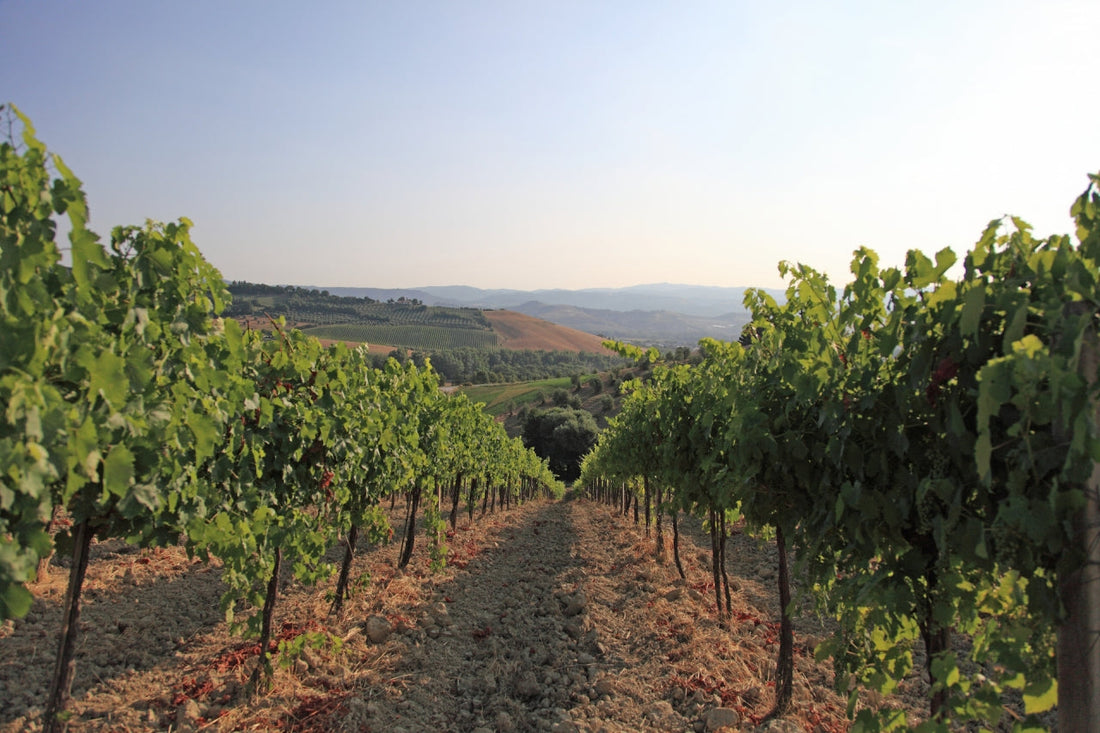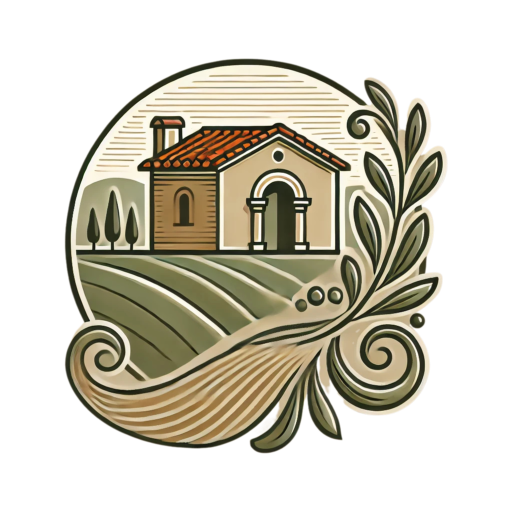
Discovering the Wines of Umbria: A Journey Through Italy’s Hidden Wine Region
Share
Nestled in the heart of Italy, Umbria is often overshadowed by its more famous neighbors like Tuscany and Lazio. Yet, for wine lovers in search of authenticity, character, and an escape from tourist crowds, Umbria offers an exceptional experience.
The region’s rolling hills, mineral-rich soil, and ideal climate have helped shape a distinctive wine culture, one that remains deeply rooted in tradition while also embracing innovation. Wine in Umbria represents an important part of the region’s identity, thus tasting and experiencing local wines while in Umbria is a must for every tourist.
This guide explores Umbria’s most iconic wines, the geography that makes them so special, and the wine roads and villages where they’re brought to life — a must-read for travelers eager to sip their way through this captivating region, but also a perfect introduction to Umbrian wines for those curious about it.

Why Umbria is Ideal for Wine Production
Umbria’s geographic makeup plays a key role in the quality of its wines. The region is landlocked, bordered by the Apennine Mountains to the east and filled with hills and valleys that benefit from excellent sun exposure and temperature variation (cold during winter, hot in the summer) — ideal conditions for growing grapes. The soil is diverse, ranging from clay to limestone and volcanic ash, offering a unique mineral complexity to the wines.
Warm summers ensure full grape ripening, and cool evenings that help maintain acidity — a vital characteristic in well-structured wines. The lack of coastline also means less humidity, reducing disease pressure on vines and minimizing the need for chemical treatments.
These conditions contribute to wines that are expressive, food-friendly, and full of personality. These qualities are increasingly appreciated by consumers, especially those international arriving from the USA or other parts of the world seeking new wine destinations off the beaten path.
Montefalco: The Heart of Sagrantino
One cannot speak of Umbrian wines without highlighting Montefalco, a small medieval hilltown that gives its name to the region’s most prestigious red: Sagrantino di Montefalco. This powerful, full-bodied wine is made primarily from the indigenous Sagrantino grape, known for its bold tannins, deep color, and impressive aging potential.
Sagrantino is produced under strict DOCG regulations and is typically aged for at least 33 months, with 12 months in oak. It offers rich notes of blackberries, plums, licorice, and often earthy or leathery undertones. Sagrantino wine is a natural pairing for grilled meats, truffle-based dishes, or aged cheeses.
Travelers can follow the Strada del Sagrantino, a wine route that winds through the rolling hills around Montefalco and neighboring Bevagna, another enchanting village worth visiting. Many wineries welcome guests for tastings and vineyard tours, offering a direct connection to the people and stories behind each bottle.
Montefalco Rosso: A Softer Introduction
For those new to Umbrian reds, Montefalco Rosso offers a more approachable, everyday expression of the region. Often considered the “little brother” of Sagrantino, this DOC wine blends Sangiovese with smaller amounts of Sagrantino and sometimes Merlot or Cabernet Sauvignon. The result is a vibrant, well-balanced red with cherry, spice, and floral aromas.
Montefalco Rosso is typically more affordable and versatile than Sagrantino, and pairs beautifully with a wide variety of foods, and we suggest you try it with a good board of charcuterie from Umbria. It's a perfect entry point for travelers and wine-lovers looking to discover Umbrian reds without diving straight into the intensity of Sagrantino.

Orvieto: The Jewel of Umbria white wines
While Umbria is often celebrated for its reds, its white wines are worth exploring too, especially those from Orvieto. Orvieto Classico is a crisp, mineral-driven white made from a blend of Grechetto and Trebbiano Toscano (locally known as Procanico), with occasional additions of Drupeggio or Verdello.
Orvieto wines range from dry (secco) to semi-sweet (abboccato) and offer flavors of white peach, citrus, almond, and herbs. Their freshness and elegance make them ideal companions for lighter fare: think grilled fish, vegetable risottos, or soft cheeses.
Visitors to the hilltop city of Orvieto will not only enjoy stunning views and cathedral architecture, but also access to wine bars and cellars nestled within its ancient tufa rock caves.
Torgiano: Where Art and Wine Meet
Located just south of Perugia, Torgiano is one of Umbria’s lesser-known wine centers, yet holds a special place in Italian viticulture. It was one of the first towns in Italy to be awarded DOC status, and later a DOCG for its Torgiano Rosso Riserva — a structured red made primarily from Sangiovese.
Torgiano is home to the Lungarotti family, pioneers in elevating Umbrian wine onto the global stage. The town also hosts the Wine Museum (MUVIT), which offers a fascinating look at the history of winemaking across centuries.
The surrounding countryside is dotted with family-run estates producing not only reds and whites but also rosé wines and high-quality Umbrian olive oil, adding to the richness of the local tasting experience.
The Umbrian Wine Roads
Umbria is crisscrossed by several official wine roads (strade del vino), which offer a curated path through the region’s top wine-producing areas.
The three most popular and worth-seeing wine roads are:
-
Strada del Sagrantino – Montefalco, Bevagna, Gualdo Cattaneo
- Strada dei Vini del Cantico – Torgiano, Todi, Perugia
-
Strada dei Vini Etrusco Romana – Orvieto, Amelia, Narni
A trip around these routes allows visitors to combine wine tasting with cultural immersion, as many of the wineries are located near medieval villages, Roman ruins, or Renaissance churches. Some offer cooking classes, wine pairings, or olive oil tastings — creating a multisensory way to experience Umbria.
Wine Tourism and Where to Stay
As Umbrian wine gains international attention, wine tourism in the region is steadily growing. However, unlike in Tuscany, the experience here remains more personal, less commercialized, and often more affordable.
Many travelers choose to stay in countryside villas like Wine Resort La Ghirlanda or agriturismi like Sagrantino Experience surrounded by vineyards, where it’s possible to book private tastings or attend harvest festivals during the autumn months.
For those looking to explore Italy at a slower pace and enjoy Italian wines, Umbria offers a perfect spot. In order to discover the area’s top wine villages and estates, staying in central locations around towns like Assisi or Perugia can offer easy access to Montefalco, Torgiano, and Orvieto, and guests can spend their days sampling local varieties and return to a peaceful, authentic Umbrian setting each evening.
